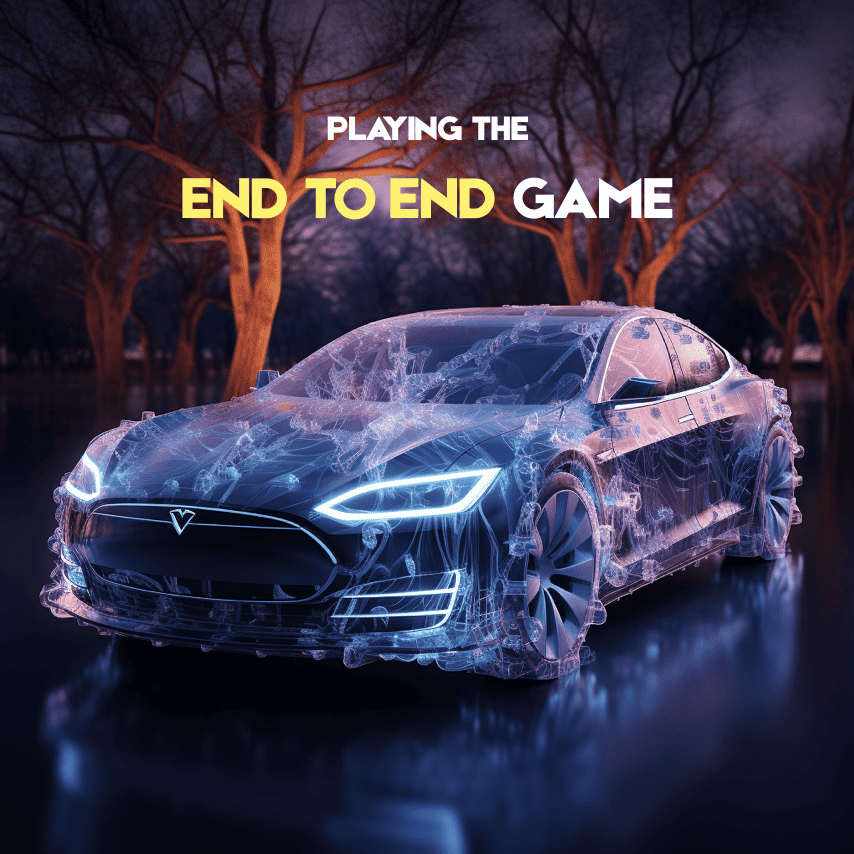This old trope is entertaining, but it doesn't help that all the Tech companies told the world that their systems would drive better than humans on our current roads, in combination with human drivers. Humans work fine with our current laws so why can't a "better" computer? It also doesn't help that we were supposed to have tons of actual L4+ cars on the road now if you listen to the tech companies, so tech companies just can't move at the "speed of technology" either. They're way off their timelines so it's kind of over the top to yell at our local lawmakers for being behind the curve.
We also live in a place where these traffic laws are in general, not federal. The idea that OR and WA should go and harmonize all their traffic laws so that it's easier for a future tech company based in TX to make a car that drives between the states doesn't seem like a good use of their time right now, especially if that is an uncertain future or makes driving more complex for human drivers. Even worse, it would probably cost a lot of money as states need to re-do signage, road markings, and traffic lights to change things like a permissive vs restrictive yellow light.
Glad I could entertain you, Gear.
Humans are geofenced, in a very generalized way. We get comfortable with our local traffic laws, how our intersections work, how our roundabouts work, being able to turn on red, or being in the intersection when the light turns red, etc. If you go on a cross-country road trip, it's very likely you'll run afoul of local traffic laws unintentionally. Hopefully you have an understanding officer that pulls you over and explains the differences, letting you go with a warning.
ADAS and AV systems, right now are generalized as well. Waymo is slowing moving to new cities, and mapping them as they go, learning the local traffic laws and modifying their NNs to match the locale. Tesla is more generalized than Waymo. It seems they base most of the NN training off California traffic laws. This obviously can cause a problem in other states where the traffic laws are significantly different. A growing number of cities are banning right turns on red completely.
At some point we'll have generalized AI, where cameras can read signage and intuit what that sign means with regards to control systems. For now, there's just too many different signs to train on them all in a single NN. A possible solution could be to store a large database in each car of geofenced traffic laws, so that the NN can adjust itself based on location. Or they'll need to have totally different NNs for each locale, trained for that specific place. As it stands, the NN is trained by watching driver videos and seeing how they react. The NN sees a video of someone stopping at a red light, and then going when that light turns green. It also sees that someone comes to a stop at a red light, and then proceeds to turn right, even though the light is still red. That works in some places, and doesn't in others. For example, I have an intersection by my house that has a "No Turn on Red" going one direction, and a "No Turn on Red Arrow" in the opposite direction. The number of humans that get it wrong is impressive. A good percentage of people will sit at the red light and not turn, even though they only have to wait if it's a red arrow, and can turn on red.
It's a tough problem to solve, and we're seeing improvement from companies like Waymo and Tesla in both AV and ADAS functions. Mercedes, and soon BMW, has an L3 system on the roads today. First big problem they'll run into is phone use. How will local law enforcement know that the car is on L3, so they should not pull over the car for the person behind the wheel on their phone? There's talk of some external lighting system to let other drivers know the car is on L3.
Hopefully we'll see improvement from both tech companies and legislators working together. I'm pessimistic for ADAS and AVs if this continues to be the way local traffic laws are signed


www.nbcboston.com




